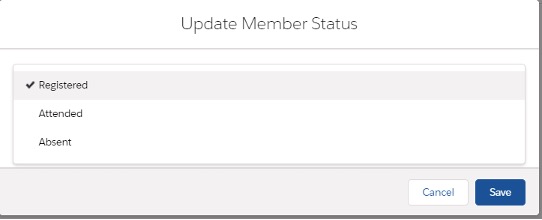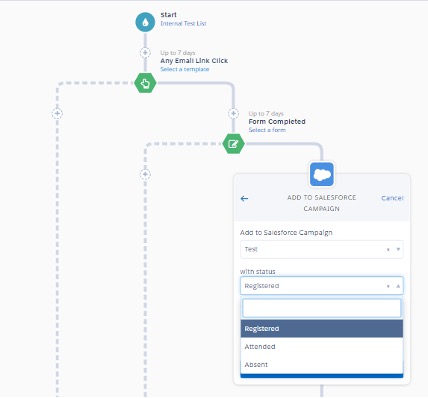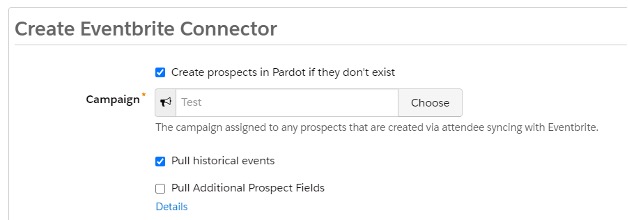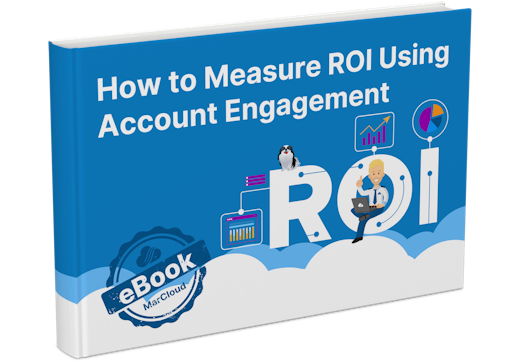This blog was written before Pardot was renamed to Marketing Cloud Account Engagement. You can read more about the name change and what it means here.
When you think of marketing automation, do you associate it with events? If not, you’ll be surprised to know that we can utilise Pardot for events in so many ways.
For example, we can use Pardot to streamline marketing communications and tailor these to specific event attendees.
We can also measure ROI metrics based on an event itself and automate follow up processes so we can nurture leads from an event into won customers.
With many businesses forced to make use of a virtual event approach this year, we need to focus on how we can address the use of Pardot marketing automation for both physical and online events.
Why is Pardot relevant for events?
Nowadays marketing and events go hand-in-hand, with one main purpose: great communication throughout the entire event experience.
To ensure we are communicating with our audience from the moment they register for an event to the days after they’ve attended, we can use marketing automation to ensure:
- Our invites are delivered to the intended audience.
- Call to action buttons are clearly displayed for accurate attendee metrics.
- Attendees are added to a Campaign with the correct response status.
- Our channels (website and social media) are clearly highlighted and accessible for event follow-up.
- Our emails are on-brand with the look and feel of the event for maximum engagement.
This blog will outline four different ways we can optimise Pardot for both digital and physical events.
Ways we can optimise Pardot for both digital and physical events:
1. Accurately report with an event Campaign
Connected Campaigns has aligned Salesforce and Pardot Campaigns, meaning we can track and report metrics and ROI in one place, visible to both marketing and sales users for a unified experience.
So, our first step is to create a Campaign for our event and define all the separate Campaign Member Statuses. This will allow us to track the stages that campaign members will go through.

Note: To drill down into more detailed reporting, we suggest customising the Campaign Status: this can highlight the way the recipient responded to our event e.g. via Trade Booth sign-up, Email Link, Custom Redirect, Form etc.
Following this, we need a way to automate the change of campaign member status based on recipient’s event responses. One way is to create an Engagement Studio.
It is key to note that we should be utilising Campaign Hierarchies for Pardot best practice. This will allow us to view overall event metrics as well as drill down into specific campaigns. Moreover, we can pinpoint the most effective approaches for future email sends. You can learn more about this in our blog: Pardot Campaign Reporting & Multi-Touch Attribution.
2. Automate the journey
Engagement Studios are an incredibly useful feature designed to nurture prospects through their buyer journey and therefore, a powerful tool used in conjunction with event tracking and reporting.
By utilising Engagement Studios, we can automatically update the campaign member status of recipients, setting the criteria to check if a specific link has been clicked and a form has been completed, to then change the campaign member status of that individual.
By doing this, we can look at assigning different actions to those who have signed up vs. those who haven’t, perhaps offering a customised follow up email for a more tailored approach.

For more tips and tricks on How to Plan a Pardot Nurture Campaign Using Engagement Studio, click here.
Alternatively, we can look at setting up Automation Rules based on recipient actions. Similar to the action response in the Engagement Studio, we can set criteria to monitor actions taken by recipients e.g. link clicks, and respond by changing campaign status and adding to a separate list for a different follow-up email.

Either way, these automated marketing approaches allow for accurate tracking of interested prospects, following them through their buying journey with accurate tracking and reporting in Pardot.
3. Use Kiosk Forms
Picture this, you have a stand at an event and want to register attendees quickly and efficiently on the spot. How can we do this? Kiosk Forms.
This feature ensures accuracy by not enabling cookies to visitors in the browser each time a form or form handler is completed. This ensures that the previous data submitted by another prospect is not auto-filled in the form for the next prospect.
Not only is this an important Pardot feature to enable for live events, but we can explore how it has been implemented for virtual events:
- QR codes - Having QR codes attached to promotional material e.g. emails or an event poster will create an automated journey, where interested parties may gain more information, sign up to events or check-in to events by scanning this code.
How does this relate to Kiosk Forms? In short, if we used QR codes to link to the registration form for our event, we still use a Kiosk Form for accurate prospect data collection.
To ensure the event data is being tracked accurately, we can also use the Eventbrite Connector in Pardot for our event.
4. Eventbrite Connector
With the addition of the Eventbrite connector, we can now integrate our marketing automation with event management!
This integration works by syncing Eventbrite events to an existing prospect and detailing any actions e.g. sign ups, in their activity history. If an attendee is not in the database, they will be added as a new prospect.
To connect Eventbrite to Pardot:
- Head to Admin > Connectors
- Select Add new > Select Eventbrite
- Populate the campaign to be associated with Eventbrite and select any additional features e.g. create prospects in Pardot if they don’t exist.
- Create connector > Click “Verify” and authorise connector.

Note: The connector is one way - Eventbrite to Pardot, meaning the data is populated in Pardot through Eventbrite only.
Again, when creating an event in Eventbrite, we are able to use QR codes to check-in prospects. As each code is unique, this will clearly identify the prospect who has signed in, populating this data accordingly. This is a particularly useful workaround for online events.
Using the tactics detailed above, we are able to accurately report and track event metrics through Pardot with no hassle.
If you have questions about using Pardot for events, please get in touch with the team here at MarCloud.










